 Last week’s post looked at ads for Street & Smith Publications‘ pulp magazines that appeared in its movie-fan magazine, Picture Play. Those ads ran from September 1932 through March 1934.
Last week’s post looked at ads for Street & Smith Publications‘ pulp magazines that appeared in its movie-fan magazine, Picture Play. Those ads ran from September 1932 through March 1934.
We pick up with that same March 1934 issue of Picture Play this week as we look at full-page ads for Love Story Magazine.
Romance pulps, along with western pulps, were among the best-selling pulp magazines, yet often get short shrift in favor of hero, detective/mystery, science fiction, and fantasy pulps. Love Story, in particular, hit a circulation of around 600,000 copies in the 1930s, which may have been the highest circulation for any pulp magazine, according to some sources.
Before we turn to the ads… Andy Porter, on the PulpMags group at Yahoo, pointed out that all of these ads would probably be considered “house ads.” I should have mentioned that in the post, too. Running house ads was — and is — a very common practice.
House ads are self-promotion ads, which can be used as planned advertising or when there is unsold ad space that needs to be filled in a publication. Either way, since Street published Picture Play, the firm could run the advertising promoting its other products essentially for free.
From March through October 1934, Street’s house ads in Picture Play were exclusively for Love Story.
The first couple of ads are the same, with the second version featuring spot color and appearing on the inside back cover. (The interior pages of Picture Play were all black and white. The front and back covers were full color, while the insides of the covers appear to have only a single color available.)
The first ad ran (along with the 80th anniversary ad shown last week) in the March issue of Picture Play.
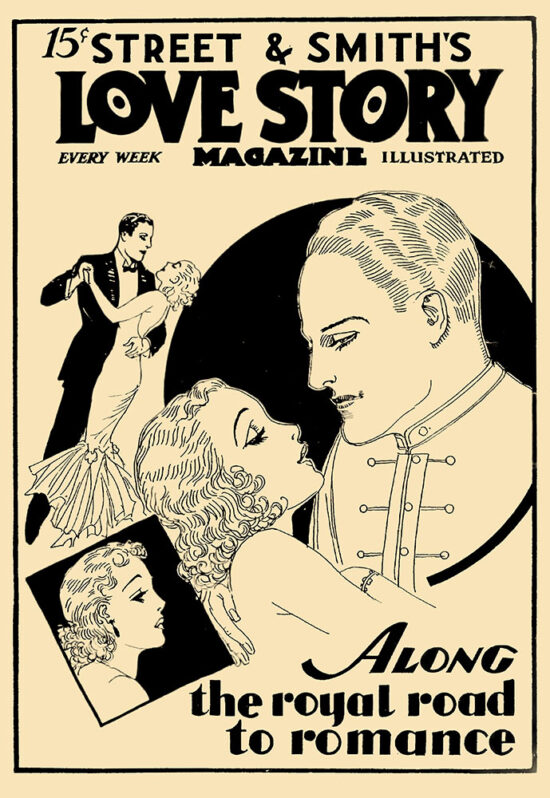 (Click these ads for larger views.)
(Click these ads for larger views.)
A colored version appeared by itself the next month.
The pen-and-ink illustrations in these two ads, as well as those in the following three ads, aren’t signed, but look like work done by Xena Wright, a regular interior artist for Love Story.
The next three ads, which appeared in the May, June, and July 1934 issues, all have a similar block design style. They are reminiscent of the Street & Smith posters that were featured in the post “Selling the pulps with posters, II” back in December.
In August, the Love Story ad takes on a new look. It no longer uses the Love Story logo, but adopts a simple sans serif treatment.
Love Story Magazine itself kept essentially the same logo (shown at the top of this post) from its first issue dated May 1921 through its Oct. 2, 1937, number, before losing the dotted “O” letters and slight serifs and moving to a bolder, sans serif face with a stylized “S”. But that’s not the treatment shown in this ad.
The September 1934 issue of Picture Play included yet another style of ad for Love Story. It shows a cover (Love Story, dated Aug. 4, 1934) just as some of the other posters and ads featured in my previous posts did. And, again, there’s a different treatment of the Love Story Magazine title, one that again doesn’t appear on the actual pulp.
Were these tryouts for new logos?
Last up, this ad returns to the block design that last appeared in July, and to the actual logo of the pulp.
This was the final full-page Love Story ad for 1934. The last two Picture Play issues of the year included full-page ads for Ainslee’s, another Street publication.
I quickly surveyed Picture Plays for 1935 and ’36 and found full-page ads for Anslee’s in a number of issues.
A bit of background on Ainslee’s: In 1897, Street began publishing The Yellow Kid, a humor magazine. Despite a name change to The Yellow Book, the magazine never took off. Street converted The Yellow Book into Ainslee’s Magazine in 1898, but published it through a subsidiary called Howard, Ainslee & Co.
In his 1955 history of Street & Smith, The Fiction Factory, Quentin Reynolds writes, “No one to this day knows whether there actually was a ‘Howard’ or an ‘Ainslee.’ ”
Ainslee’s Magazine was first a general interest magazine with a mix of fiction and articles, but moved to an all-fiction lineup in 1902. It folded in 1926, becoming Far West Illustrated.
Street hadn’t forgotten the name, so in October 1934 it resurrected the brand. Ainslee’s had become Ainslee’s Smart Love Stories in spring 1935, simply Smart Love Stories as 1937 began, and defunct as that year ended.
Sorry, I got a little sidetracked there. Anyway, back to Picture Play ads…
Street continued to run Ainslee’s/Smart Love Stories ads in Picture Play, but by late 1935, ads for the firm’s newest magazine, Mademoiselle, began showing up. Mademoiselle heralded a shift in the company that would ultimately lead to the death of the pulp magazines.
Street’s shift can be traced by looking at the ads in Picture Play, as we’ve done in this series: from hero and detective pulps, to romance, to women’s interest.
While we’ve looked at full-page ads in these posts, I should mention that Street also ran a few of one- and two-column ads for The Shadow Magazine, Nick Carter Magazine, Love Story, and pulp magazine subscriptions during 1932 and ’33. I haven’t included examples of those simply because they are pretty nondescript and don’t include a lot of information.
I have at least one additional post in the informal “Selling the pulps” series in the works. So stay tuned.

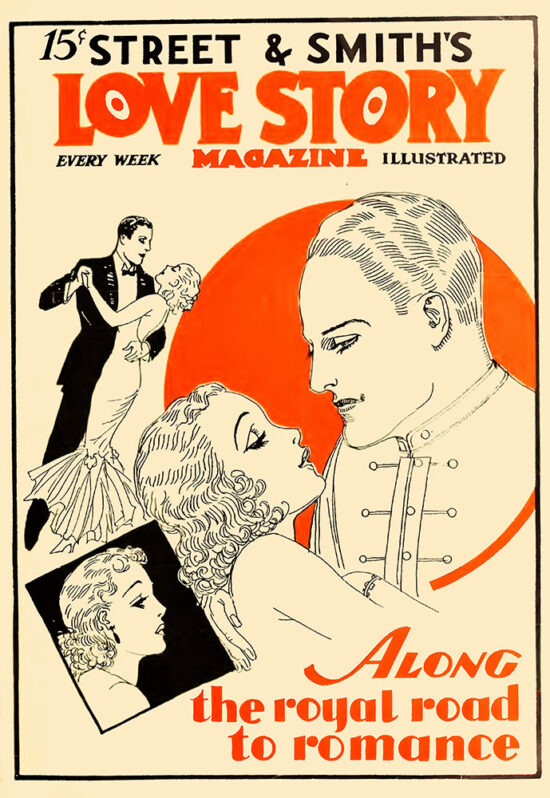
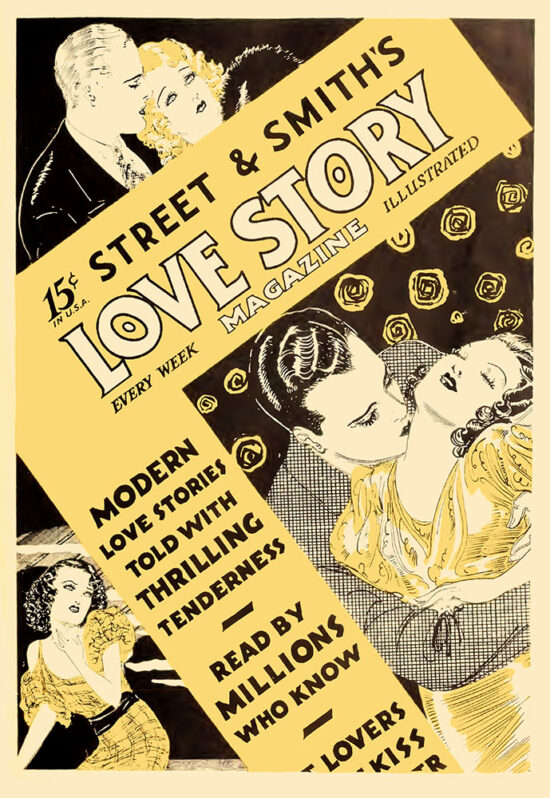
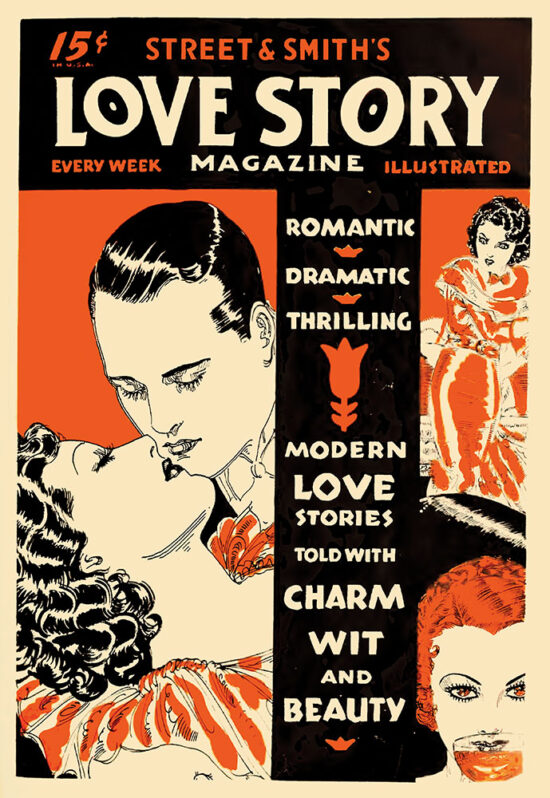
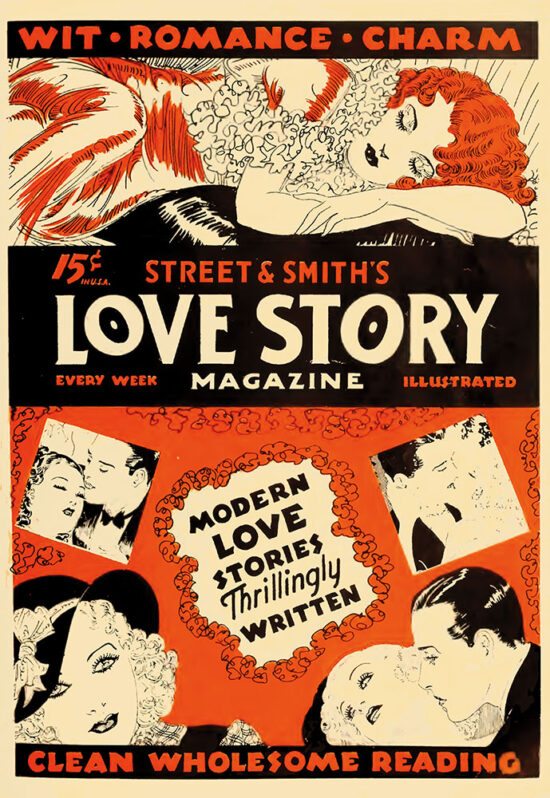
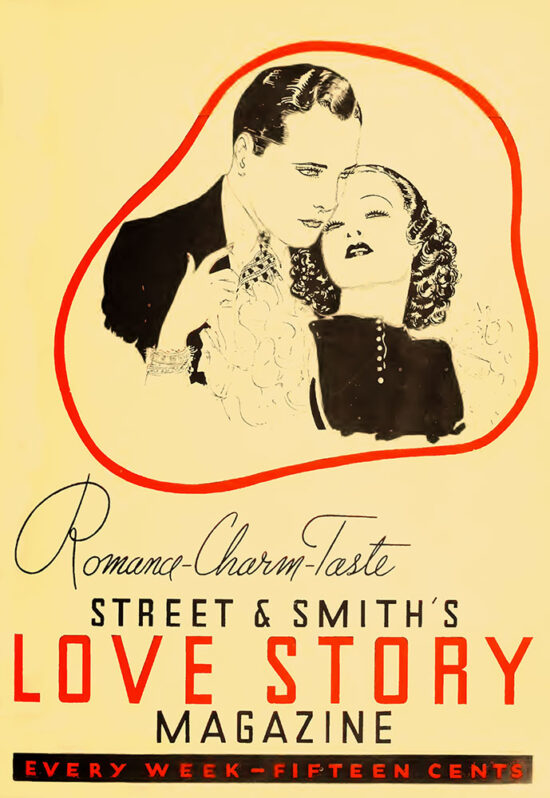
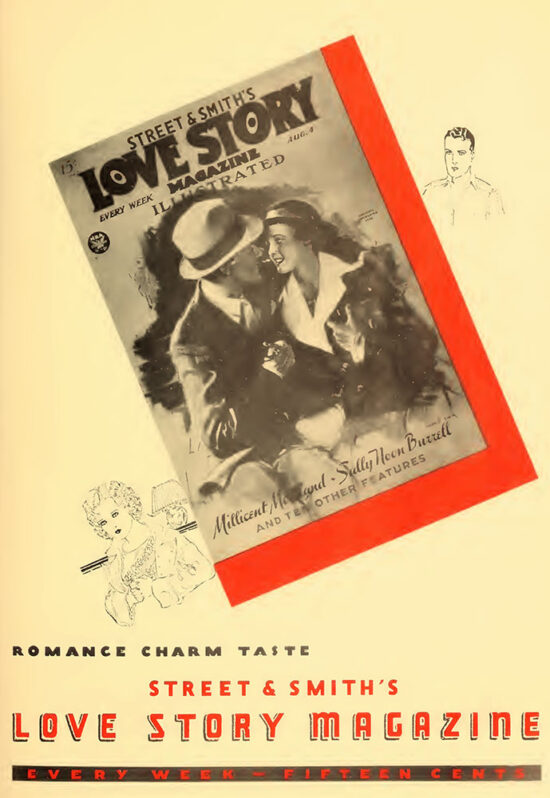
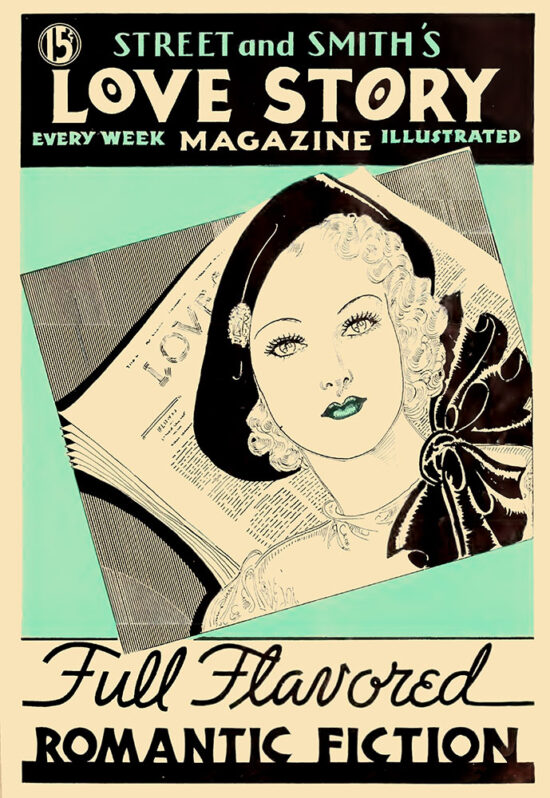
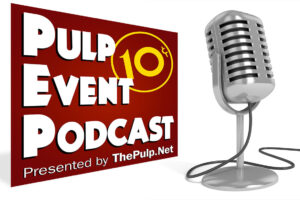

Thanks for sharing. Laurie Powers is going to love these.
You’re right, Barry – love it! I haven’t seen many of these ads. And I agree with the effect that MADEMOISELLE had on the company. I will share this on the Daisy Bacon page on Facebook.
Thanks Bill. We need more information and articles about the love pulps. After all they were the big best sellers among the pulp titles.